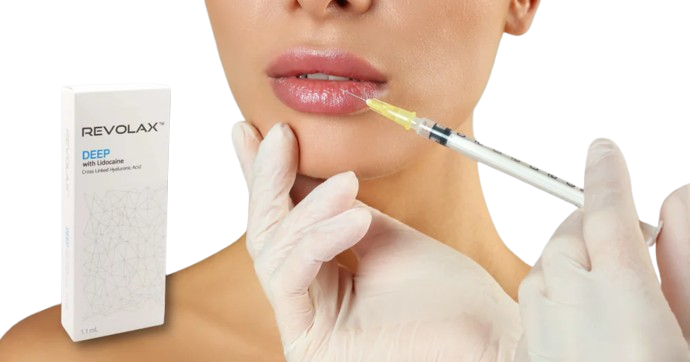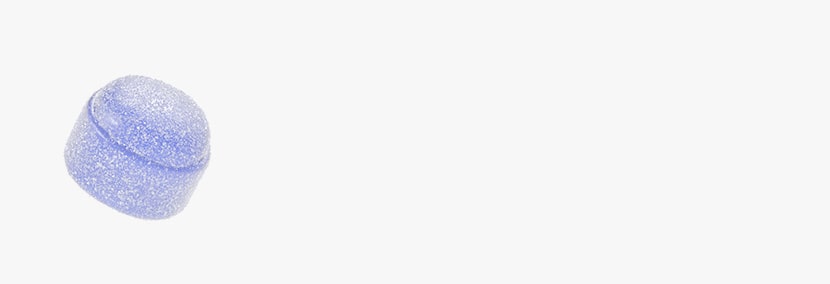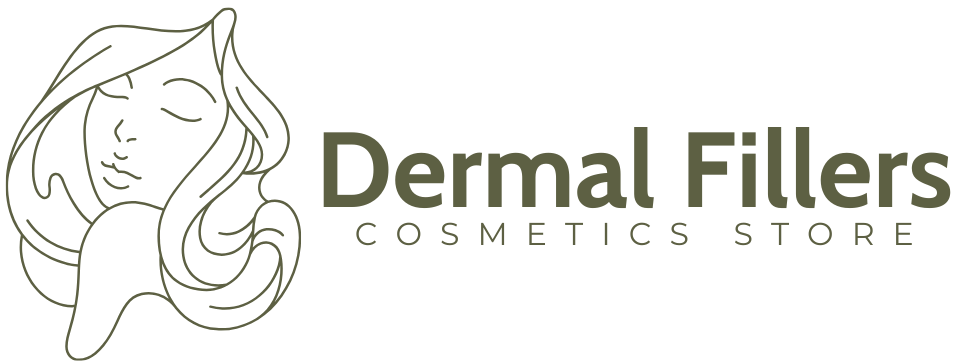Dysport
Dysport Dosing Chart – Connecting Indications and Dosage Units
Sep 17, 2025
Did you know that botulinum toxin therapy has expanded to over 30 FDA-approved and investigational indications across neurology, rehabilitation, and aesthetics? A 2025 review highlights how standardized dosing protocols have become essential for balancing efficacy and safety across this growing spectrum of uses.
Among these therapies, Dysport (abobotulinumtoxinA) stands out for its flexible dosing chart, which supports both therapeutic and cosmetic applications. While FDA guidelines provide a structured framework, real-world dosing often necessitates adjustments based on the muscle group, patient anatomy, and treatment goals.
In this article, we’ll explore how Dysport dosing units connect to specific indications, from cervical dystonia to crow’s feet.
Key Takeaways
- Dysport (abobotulinumtoxinA) is FDA-approved for cervical dystonia, upper and lower limb spasticity in adults, pediatric lower limb spasticity (ages ≥2), and glabellar lines in adults under 65.
- Therapeutic dosing typically ranges from 500 to 1000 units for cervical dystonia, 500 to 1500 units for adult limb spasticity, and up to 15 units/kg (maximum 1000 units) for pediatric lower limb spasticity.
- Cosmetic dosing usually includes 50 units for glabellar lines (FDA-approved), 40 to 60 units for forehead lines (off-label), and 30 to 40 units for crow’s feet (off-label).
- Dysport and Botox are not interchangeable. A general conversion ratio is 2.5 to 3 units of Dysport for every 1 unit of Botox, but this can vary by patient and treatment area.
- Dosing should always be tailored to individual factors such as age, muscle strength, gender, treatment history, and aesthetic goals to ensure safe, balanced results.
- Repeated high doses or frequent treatments may increase the risk of developing neutralizing antibodies, which can reduce the effectiveness of treatment over time.
About: Trusted by over 2,000+ global clients since 2014, Maylips has become a leading supplier of cosmetic, skincare, and orthopedic products for medical and aesthetic professionals. Maylips offers a wide range of authentic brand-name products at competitive wholesale prices, sourced from around the world. If you’re looking to buy Dysport online, contact our sales team for guidance.
FDA-approved Dysport Dosing for Therapeutic Indications
Dysport (abobotulinumtoxinA) is approved by the FDA to treat several medical conditions linked to muscle overactivity. These include cervical dystonia in adults and spasticity in patients aged two and older. For each approved use, there are established dosing guidelines designed to help providers maximize benefits while minimizing risks.


- Cervical Dystonia in Adults: Treatment often begins with 500 units, divided across the affected neck muscles. Depending on how the patient responds, the dose may be adjusted in 250-unit increments—up to a maximum of 1000 units.
- Upper Limb Spasticity in Adults: A total dose between 500 and 1000 units may be used, depending on which muscles are involved and the degree of functional impairment.
- Lower Limb Spasticity in Adults: Dosing can reach up to 1500 units per session, tailored to the muscle groups treated. The combined dose for upper and lower limbs should not exceed this maximum.
- Lower Limb Spasticity in Pediatric Patients (Age ≥2): Dosing is based on body weight—typically 10 to 15 units per kg, with a cap at 1000 units per treatment session.
These therapeutic doses are significantly higher than those used for cosmetic purposes. This underscores the importance of individualized planning, precise injection techniques, and in-depth knowledge of anatomy for safe and effective outcomes.
Cosmetic Dosing Guidelines: Glabella, Forehead, Crow’s Feet
In aesthetic medicine, what is in Dysport – abobotulinumtoxinA – is best known for softening dynamic facial wrinkles caused by repeated muscle movements like frowning or squinting. While only glabellar lines (frown lines between the brows) are FDA-approved in the U.S., other areas like the forehead and crow’s feet are often treated off-label by experienced injectors.
- Glabellar Lines (FDA-approved): A common starting dose is 50 units, strategically placed across five injection points targeting the procerus and corrugator muscles.
- Forehead Lines (Off-label): Treatment generally involves 40 to 60 units injected into the frontalis muscle, with dosing tailored to muscle strength, brow position, and desired lift.
- Crow’s Feet (Off-label): Doses usually range from 30 to 40 units, divided evenly between both eyes. Injections target the orbicularis oculi to soften the fine lines at the outer corners.
Using structured dose ranges allows providers to deliver consistent results while still adjusting for individual facial anatomy. Because Dysport spreads slightly more than some other neuromodulators, it can offer smooth, natural-looking results—but technique and experience are key to avoiding complications like asymmetry or brow droop.
Dysport vs Botox Unit Conversion Ratios Explained
Although both Dysport and Botox are botulinum toxin type A products, their dosing units are not the same. This means you cannot substitute units directly between the two.


The generally accepted conversion ratio is around 2.5 to 3 units of Dysport for every 1 unit of Botox. For example, a 20-unit Botox dose might correspond to 50 to 60 units of Dysport. However, this is a guideline—not a strict rule.
Key Considerations for Safe Conversion
- Always use a Dysport-specific dosage guide instead of directly converting from Botox.
- Conversion can vary based on treatment area, muscle strength, and clinical judgment.
- Start conservatively during a product switch, and assess results before adjusting.
- Patient history, including prior botulinum toxin use and response, should guide dosing.
This nuanced approach enables practitioners to provide safe and effective treatments, while maintaining predictable outcomes—even when switching between brands.
Clinical Pearls: Tailoring Dysport Doses to Patient Factors
Standard dosing charts are a great starting point, but no two patients are alike. Adjusting Dysport doses based on individual characteristics helps optimize outcomes and improve satisfaction.
Key Factors to Consider
- Muscle Strength & Size: Larger or stronger muscles may need higher doses for effective relaxation.
- Patient Age: Younger patients may require less product due to smaller muscles or less prominent lines.
- Treatment History: Some individuals may have developed reduced sensitivity or antibodies from past botulinum toxin use.
- Aesthetic Goals: Desired outcomes vary—some patients prefer a subtle refresh, while others seek more noticeable results.
- Gender Differences: Men often have bulkier facial muscles, which may call for increased doses to match outcomes seen in women.
It’s also important to note that frequent or high-dose injections may raise the risk of neutralizing antibody formation, which could reduce Dysport’s long-term effectiveness.
A personalized dosing strategy, combined with careful monitoring, helps ensure treatments remain both safe and effective over time.
Conclusion
Whether being used for muscle disorders or aesthetic enhancement, Dysport dosing requires precision, expertise, and personalization. Therapeutic indications like cervical dystonia and spasticity have clear, FDA-approved dosage ranges. Meanwhile, cosmetic uses—both approved and off-label—demand careful adjustment based on facial anatomy and individual treatment goals.
Understanding that Dysport and Botox are not interchangeable is essential for safe and effective treatment planning. And while standardized charts help guide dosing, clinical judgment and patient-specific factors are what truly drive success.
By tailoring each treatment to the individual, providers can deliver results that are not only effective, but also natural-looking and aligned with patient expectations.
FAQs
1. What is the main difference between Dysport and Botox units?
Dysport and Botox use different measurement systems. On average, 2.5 to 3 Dysport units are needed to match the effect of 1 Botox unit.
2. Can I use the same Dysport dosing chart for all patients?
No. While a dosing chart offers a helpful baseline, each treatment should be customized based on factors like muscle size, age, past treatment history, and desired results.
3. How long does Dysport last compared to Botox?
Both products typically last three to four months for cosmetic indications. In therapeutic settings, the effects may last longer depending on the condition treated.
4. Are therapeutic Dysport doses higher than cosmetic ones?
Yes. Therapeutic doses can range from 500 to 1500 units, while cosmetic doses generally fall between 30 and 60 units per area.
5. Is there an official Dysport dosage guide available?
Yes. The FDA-approved prescribing information includes detailed dosage recommendations for all approved indications.
Talk with our sales representative.
Book a Meeting
References
Truong D, Brodsky M, Lew M, et al. Long-term efficacy and safety of botulinum toxin type A (Dysport) in cervical dystonia. Parkinsonism & Related Disorders. 2010;16(5):316-323. doi:10.1016/j.parkreldis.2010.03.002
Dysport Dosage Guide. Drugs.com. https://www.drugs.com/dosage/dysport.html
Wissel J, Kanovsky P, Ruzicka E, et al. Efficacy and safety of a standardised 500 unit dose of Dysport ® (Clostridium botulinum toxin type A haemaglutinin complex) in a heterogeneous cervical dystonia population: results of a prospective, multicentre, randomised, double-blind, placebo-controlled, parallel group study. Journal of Neurology. 2001;248(12):1073-1078. doi:10.1007/s004150170028





